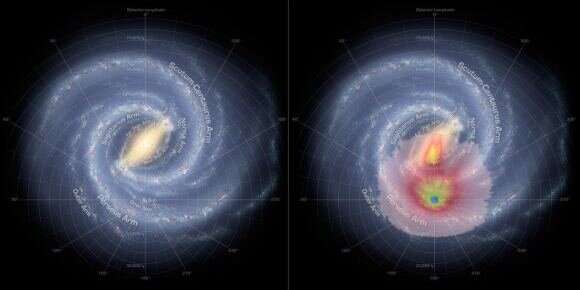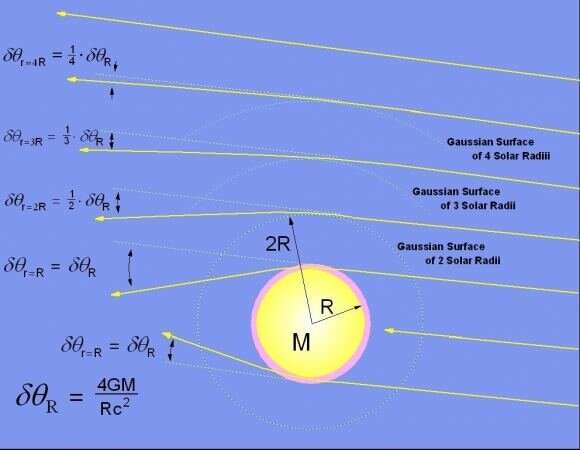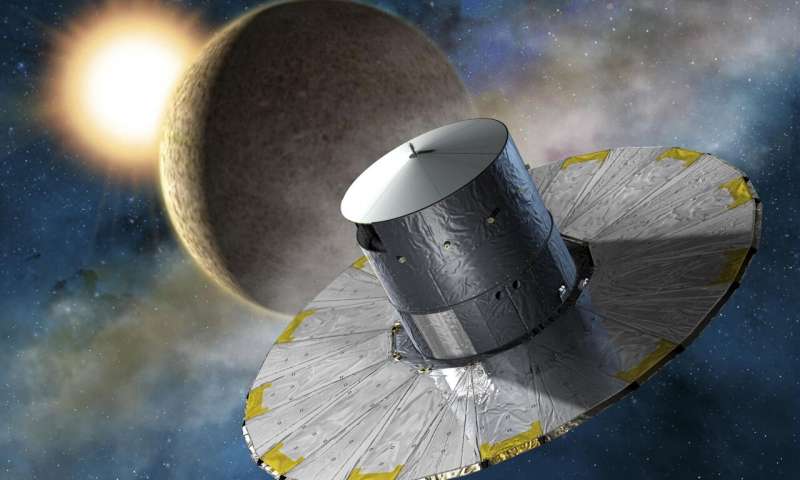By precisely measuring quasars, we can pinpoint positions on Earth so accurately that we can see how continents drift due to plate tectonics and how the rotation of Earth slows down over time.
While the quasars are essentially fixed points, their light can be deflected slightly through gravitational lensing. If a star passes into a quasars line of sight, the quasar would appear to shift slightly. Since gravitational waves can also deflect light, we could detect the presence of gravitational waves through the apparent wobble of quasars. The VLBI observations of quasars have found no indication of gravitational waves, placing an upper limit on them in our region of space.

The area of the Milky Way observed by Gaia. Credit: X. Luri & the DPAC-CU2 
The grazing of starlight passing the sun. Credit: Wikipedia
Although the position measurements of Gaia aren't as accurate as VLBI, they are accurate enough to detect gravitational lensing. In fact, astronomers have to account for the lensing effect of the sun when analyzing Gaia data. So the team looked at Gaia's position data for 400,000 quasars. Although quasars aren't stars, many of them are optically bright, and Gaia measures their position just as if they were stars. The team looked for statistical evidence of wobble in the Gaia quasar data and found none. But given the large number of quasars observed, they could place a stronger upper bound on local gravitational waves. From this study, the team showed that there are no binary supermassive black holes within our local group, which includes both the Milky Way and the Andromeda galaxy.
What's great about this study is that it shows the power of big data. When we observe the heavens with both great scale and great precision, astronomers can use the data in innovative ways. Gaia was never intended to study gravitational waves, and yet it can all the same. As we continue to move into the realm of big data astronomy, who knows what more we will discover.
Explore further



